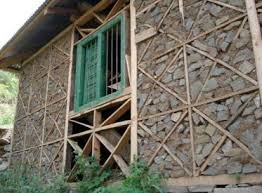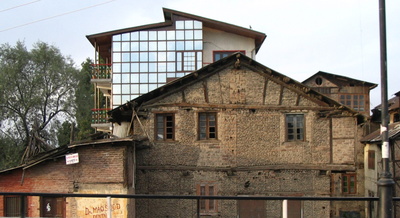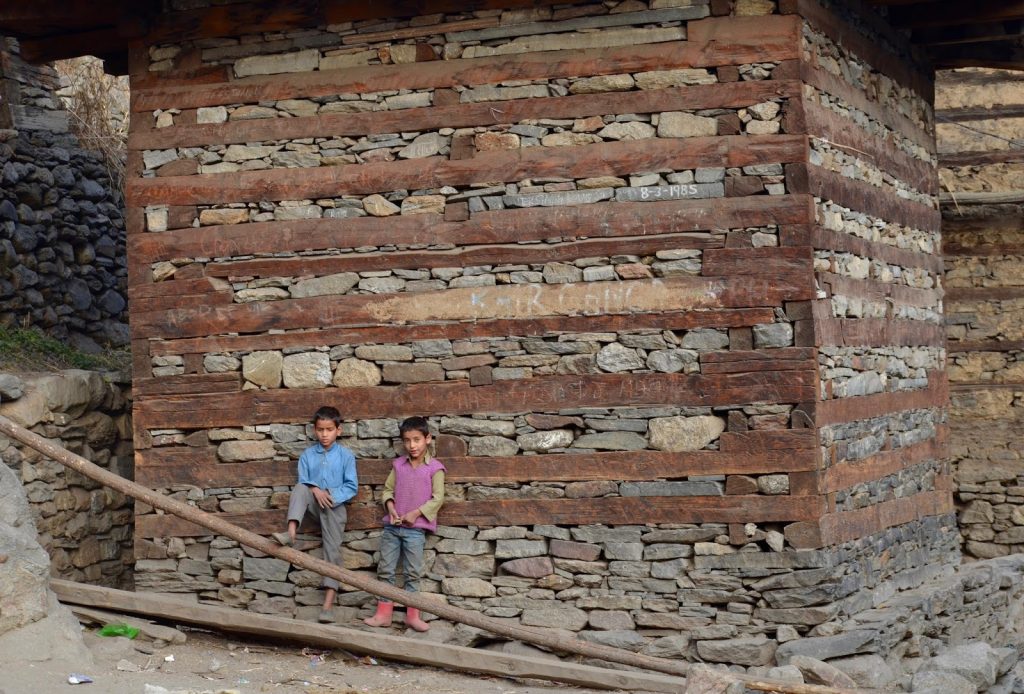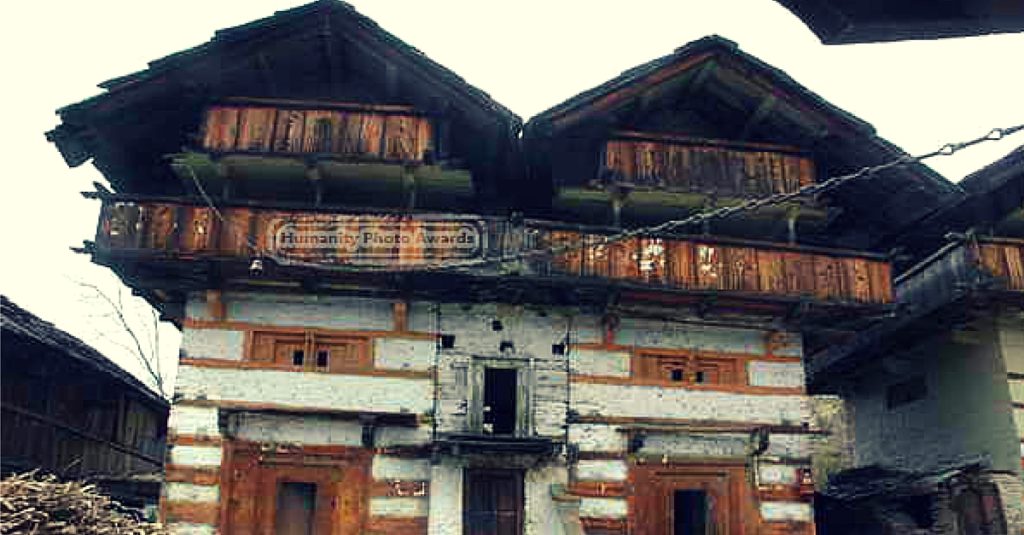Indigenous Indian tech and earth materials for sustainable architecture
Related Articles
Ayodhya Dharm Dhwaj PM Security: अयोध्या में धर्म ध्वज स्थापना के लिए आये पीएम मोदी, शहर किले में तब्दील, 6970 जवानों का सुरक्षा कवच...
Ayodhya Dharm Dhwaj PM Security: राम मंदिर में होने वाले धर्म ध्वज स्थापना समारोह के लिए प्रधानमंत्री नरेंद्र मोदी के आगमन से पहले अयोध्या की...
Khidrapur Moonlight Astronomical Wonders: खिद्रापुर का अनोखा चांद प्रकाश पर्व, कोपेश्वर मंदिर में दिखता खगोलीय चमत्कार
Khidrapur Moonlight Festival: महाराष्ट्र के कोल्हापुर जिले के शिरोल तालुका में बसे छोटे से गांव खिद्रापुर में हर साल दिवाली के बाद आने वाली...
Mumbai Coastal Corridor: मुंबई को मिलेगा 120 किमी की हाई स्पीड वाला कोस्टल कॉरिडोर, South Mumbai से सीधे जुड़ेगा Palghar
मुंबई महानगर क्षेत्र (MMR) के लिए एक नया दौर शुरू होने वाला है। महाराष्ट्र सरकार ने Uttan–Virar Sea Link और उसके Vadhavan Port Extension...





